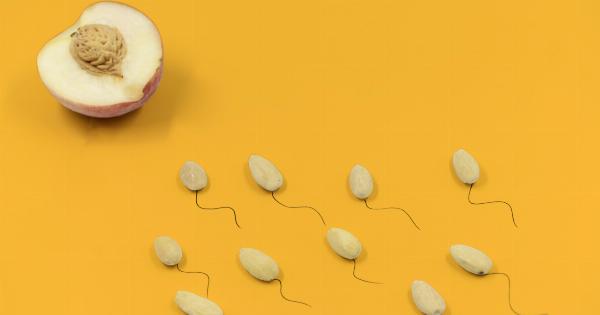The process of conception involves the fusion of two types of reproductive cells – sperm and egg.
While much attention has been given to the quality of female eggs in ensuring a healthy pregnancy, the role of sperm in this process is equally as important. In this article, we will explore the differences among sperm and how these differences impact fertility and healthy pregnancies.
Sperm Production and Anatomy
Sperm are produced in the testes of males and are stored in the epididymis until they are mature enough to be released during ejaculation. Sperm cells are composed of a head, midpiece, and tail.
The head contains the genetic material (DNA) of the sperm, the midpiece contains the mitochondria needed to power the sperm’s movement, and the tail propels the sperm forward towards the egg.
Sperm Count and Motility
The health of a man’s sperm is typically measured by two factors – sperm count and sperm motility.
Sperm count refers to the total number of sperm in a given sample, while sperm motility refers to the percentage of sperm that are able to swim forward in a straight line.
A healthy sperm count ranges from 15 million to 200 million sperm per milliliter of semen. However, a lower sperm count does not necessarily mean that a man is infertile as it only takes one healthy sperm to fertilize an egg.
Equally important is the ability of a man’s sperm to swim and move. A high percentage of healthy, motile sperm increases the chances of fertilization and a successful pregnancy.
Sperm Shape and Morphology
The shape or morphology of sperm is also an important factor in fertility. Ideally, sperm should be oval-shaped with a smooth, uncoiled tail. Abnormal sperm morphology can lead to difficulty in fertilization or increased risk of miscarriage.
Sperm DNA Fragmentation
DNA fragmentation is the breaking of DNA strands within the sperm. This can occur during sperm production and storage or during ejaculation. High levels of DNA fragmentation can lead to increased chance of miscarriage and decreased fertility.
Sperm Genetic Abnormalities
In addition to DNA fragmentation, sperm can also have genetic abnormalities such as an extra or missing chromosome. This can lead to genetic disorders in the offspring such as Down syndrome.
Sperm Age
Unlike women who are born with a set number of eggs, men continue to produce sperm throughout their lifetime. However, studies have shown that as men age, the quality of their sperm declines.
This can lead to difficulty in fertilization or an increased risk of genetic abnormalities in the offspring.
Environmental Factors
Environmental factors can also impact sperm quality. Exposure to toxins like pesticides or heavy metals can lead to decreased sperm count and motility. Stress, smoking, and excessive alcohol consumption can also impact sperm quality.
Treatment Options for Male Infertility
If a couple is experiencing difficulty in conceiving, it is important for both the male and female partner to be evaluated. For men, treatment options may include lifestyle changes, medication, or in vitro fertilization.
Conclusion
The differences in sperm in terms of count, motility, morphology, DNA fragmentation, genetic abnormalities, age, and environmental factors all impact the likelihood of a healthy pregnancy.
By understanding these differences, men can take steps to optimize the health of their sperm and increase their chances of conception and a healthy pregnancy.






























